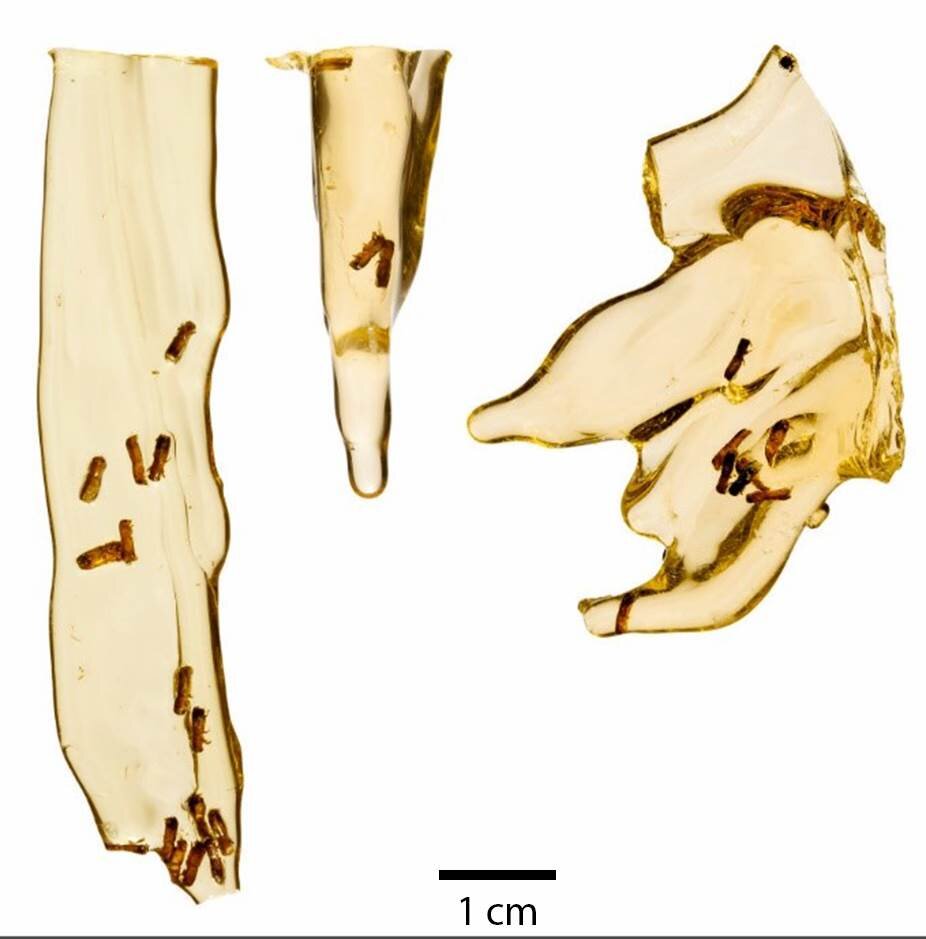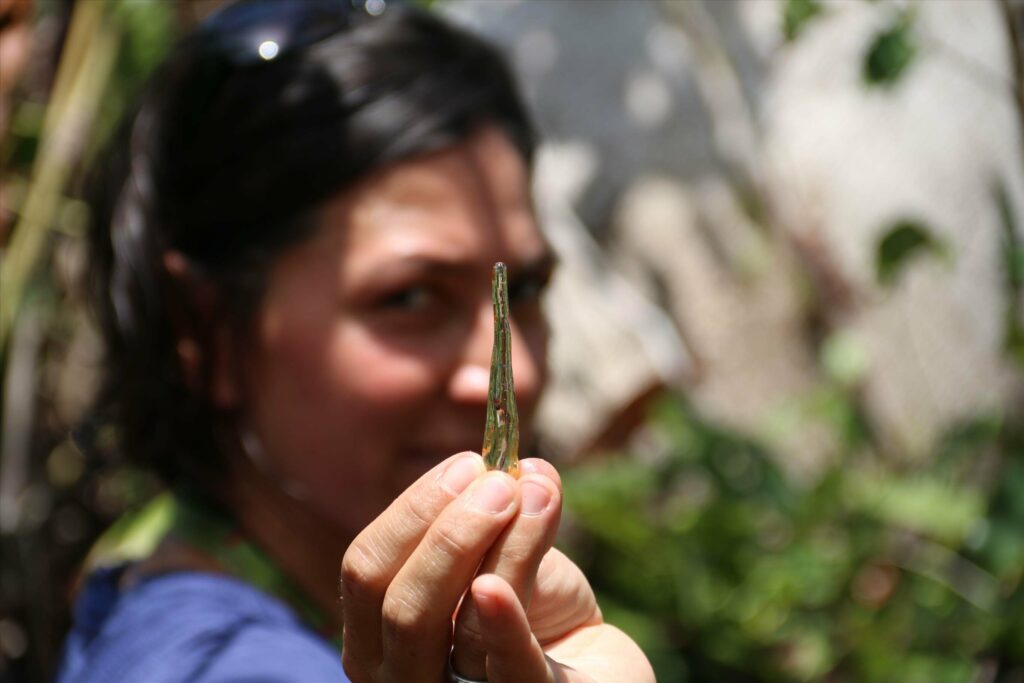For the first time, researchers have successfully extracted genetic material from insects embedded in resin samples. It’s not exactly Jurassic-age DNA but researchers say the technique could be used for older resin inclusions.

The idea of extracting DNA from resin-embedded organisns inevitably brings back memories of “Jurassic Park”. But despite being a globally acclaimed movie, Jurassic Park isn’t exactly scientific accurate — as you may have guessed.
For starters, DNA has a half life of 521 years. In 521 years, 50% of it is destroyed, in 1042 years, 75% of it is destroyed, and so on. Even if you had a perfectly preserved piece of DNA, it would be completely destroyed after 6.8 million years. In practical situations, the oldest DNA ever analyzed was under 2 million years. Finding the DNA of dinosaurs, which went extinct 65 million years ago, is not what you’d call realistic. But the DNA of insects trapped in amber may be accessible yet.
In the latest study, Senckenberg scientist Mónica Solórzano-Kraemer, together with lead authors David Peris and Kathrin Janssen of the University of Bonn and additional colleagues from Spain and Norway set much lower ambitions. They successfully extracted genetic material from insects embedded in two- and six-year-old resin samples. It may not be as exciting as Jurassic Park, but it’s the first time this has been done and it’s the first time researchers have demonstrated that DNA can be preserved in resin.
“We have no intention of raising dinosaurs,” says Dr. Mónica Solórzano-Kraemer of the Senckenberg Research Institute and Natural History Museum. “Rather, our current study is a structured attempt to determine how long the DNA of insects enclosed in resinous materials can be preserved.”
“Our study fundamentally aimed to clarify whether the DNA of insects embedded in resin continues to be preserved. Using the polymerase chain reaction (PCR) method, we were able to document that this is, indeed, the case in the six- and two-year-old resin samples we examined,” explains Solórzano-Kraemer.

It’s not uncommon to find insects trapped in amber from centuries, millennia, or even millions of years ago. However, all previous DNA tests of inclusions have failed, not only due to DNA decay, but also to the environmental impacts suffered by the DNA.
Now, at least, researchers know that when insects become embedded in resin, their DNA isn’t automatically destroyed.
“We are now able to show for the first time that, although it is very fragile, the DNA was still preserved in our samples. This leads to the conclusion that it is possible to study the genomics of organisms embedded in resin,” adds Solórzano-Kraemer.
It’s still not clear what the ‘shelf-life’ of resin-embedded DNA is, though. The best way to figure this out is to keep carrying out more and more experiments on resin-trapped insects of different ages.
The study was published in PLOS.






